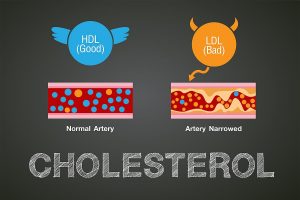
Sometimes women who survive breast cancer will die from a second cancer, and now new research suggests the risk of that happening is higher for Black and Hispanic survivors than white women. “We believe this to be one of the first studies to comprehensively examine the racial and ethnic disparities in survival outcomes after a second cancer,” said study author Dr. Kala Visvanathan, director of the Cancer Genetics and Prevention Service at the Johns Hopkins Kimmel Cancer Center, in Baltimore. “The findings are extremely concerning, given the increasing prevalence of second cancer at a young age among women diagnosed with breast cancers,” she added in a Hopkins news release. For the study, the researchers looked at nearly 40,000 adult survivors, discovering the risk of death from a second cancer was 12% higher in Black women and 8% higher in Hispanic women than it was in white women. Women in these racial and ethnic minority groups were also diagnosed with second cancers up to six years younger than white survivors, and within a shorter time from their first cancer. Black survivors also had a 44% higher risk of cardiovascular disease-related death after a second cancer diagnosis than white survivors did, the investigators found. It’s important to determine risk factors associated with these second cancers, to either prevent them or to diagnose and manage them early, the… read on > read on >
























-300x200.jpg)













